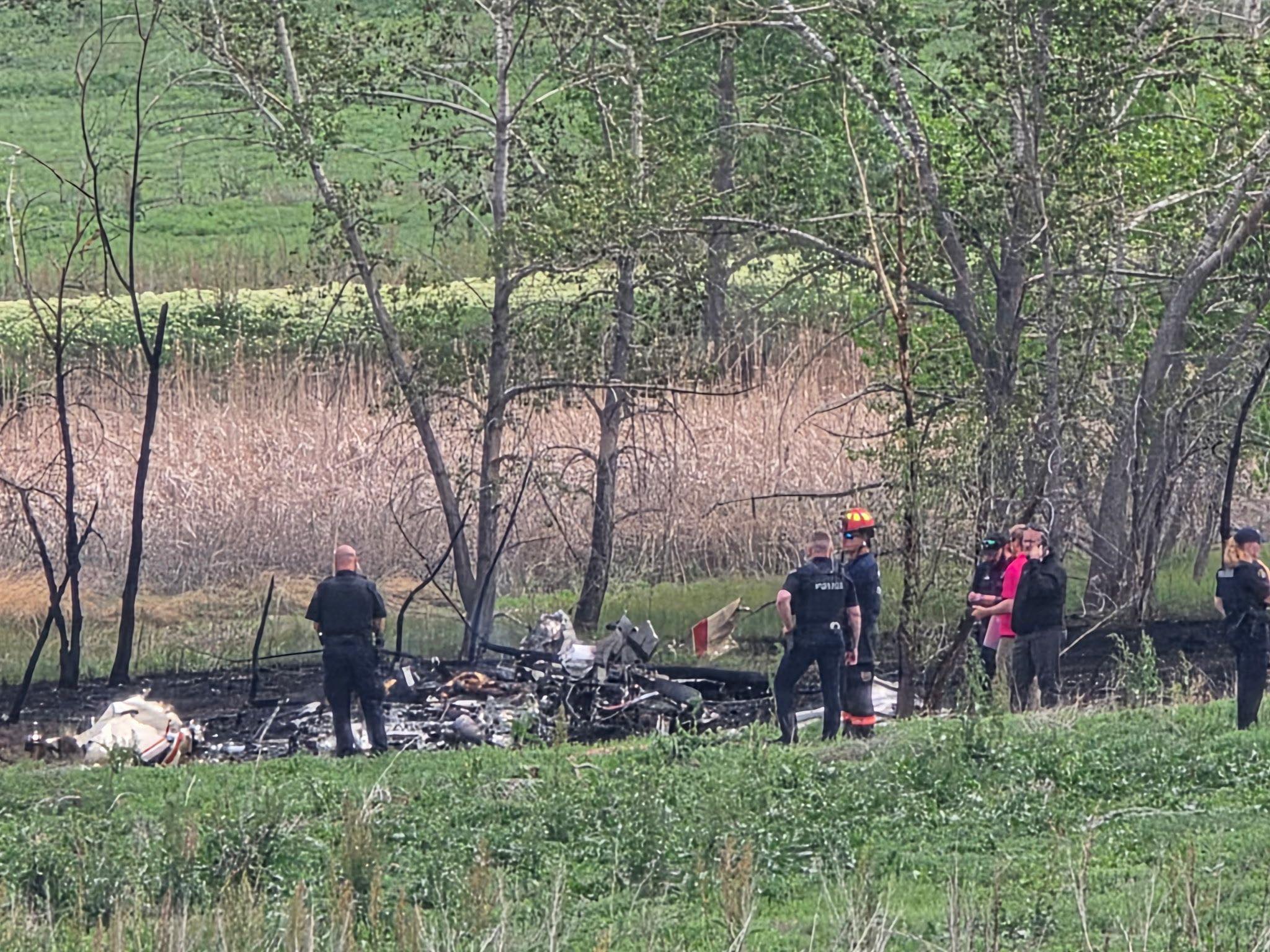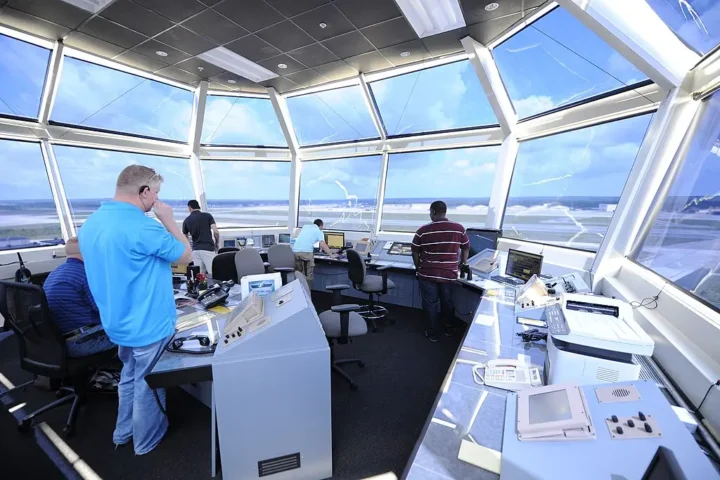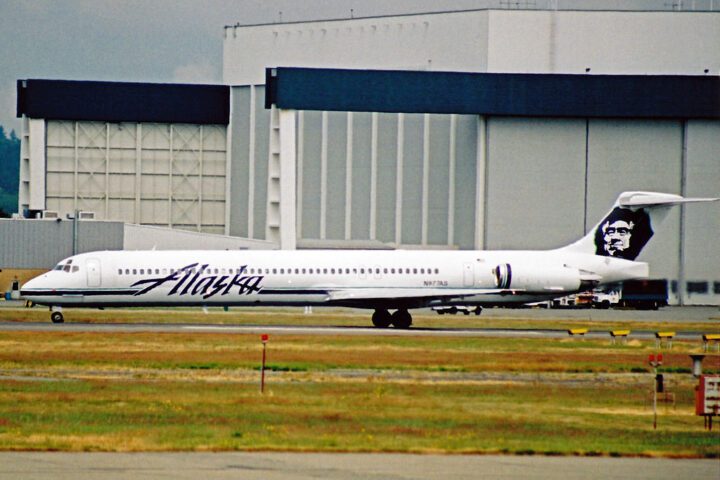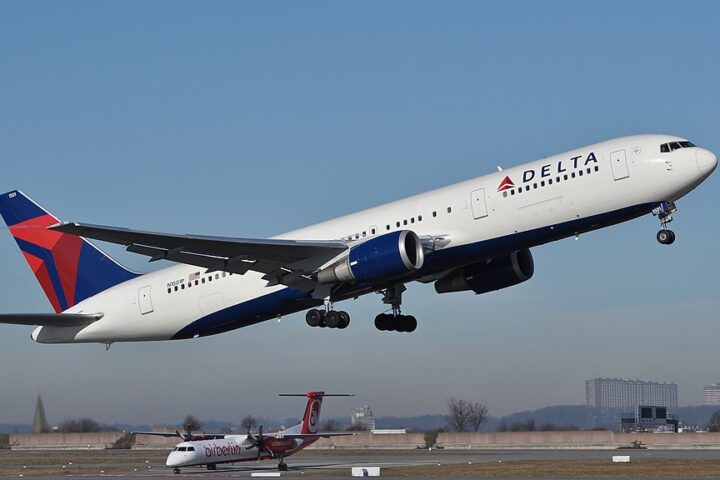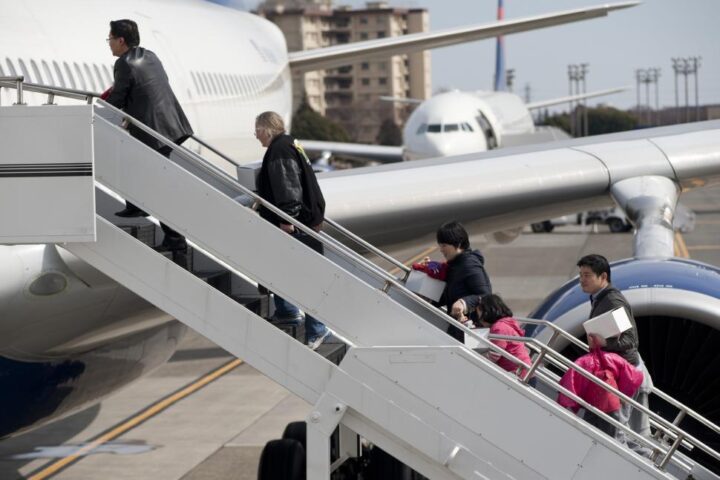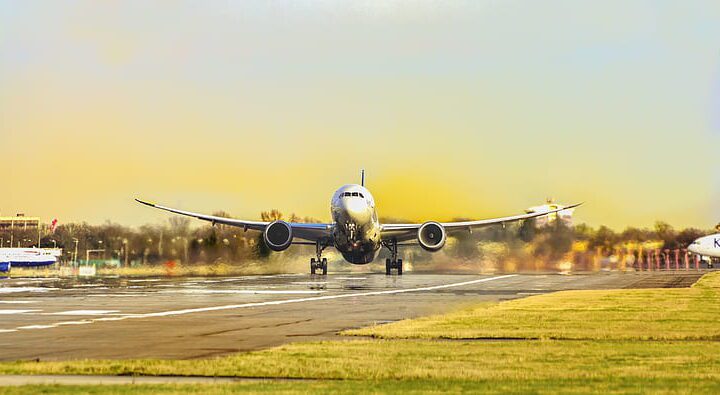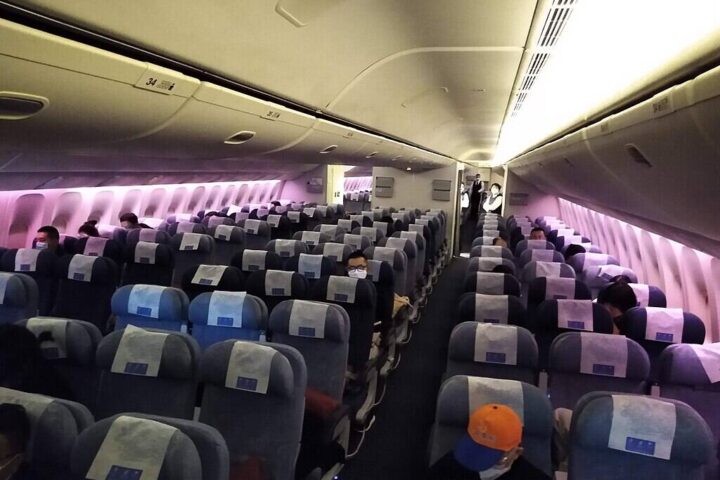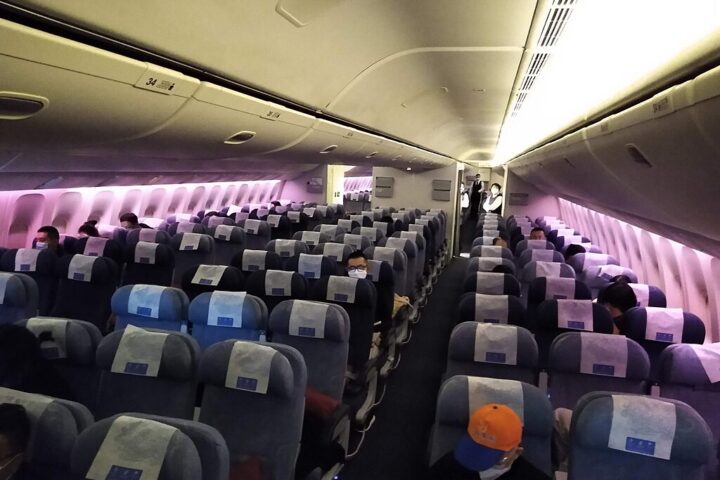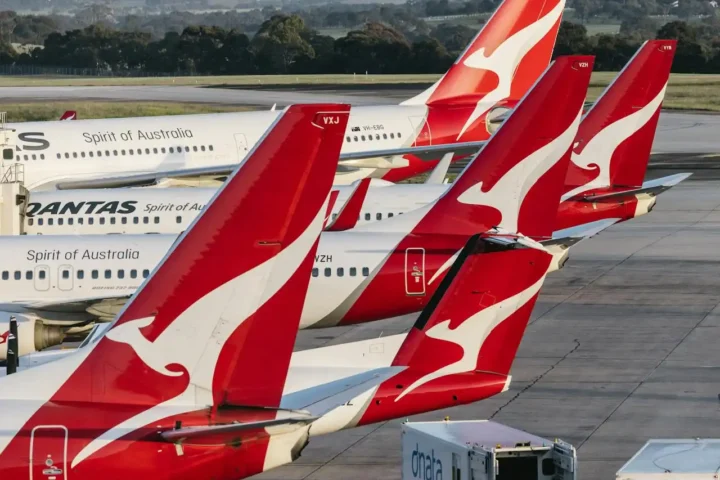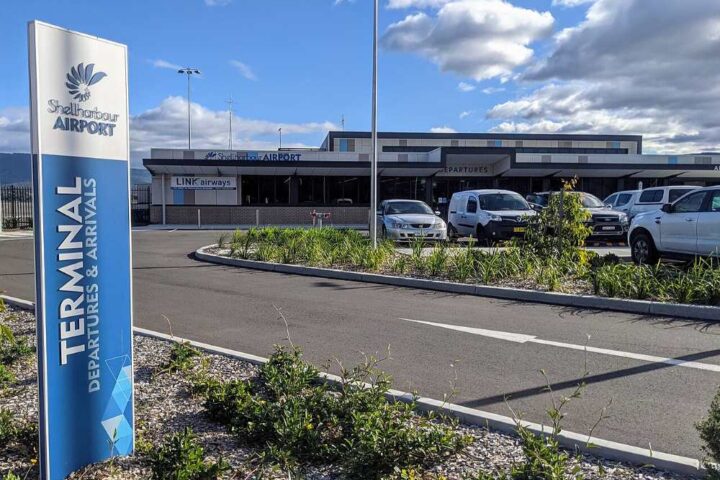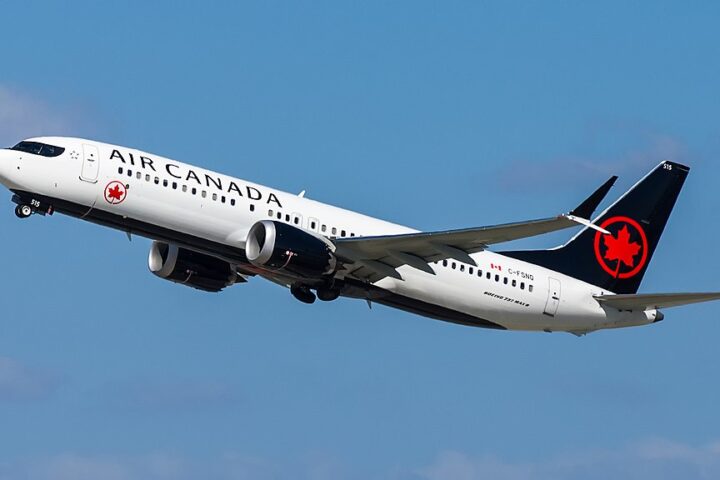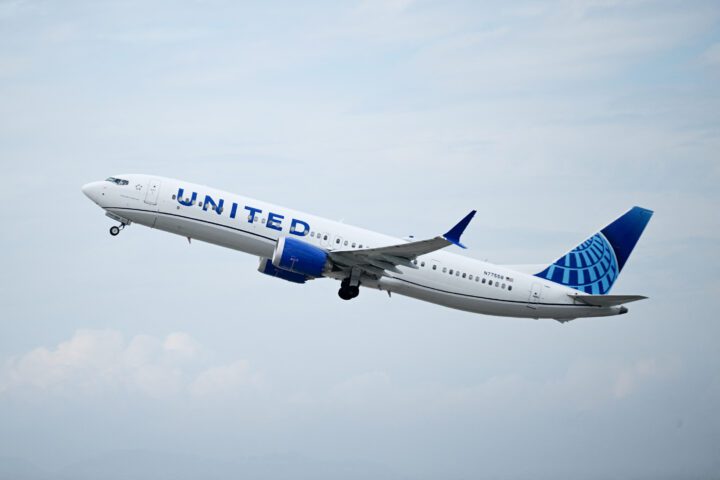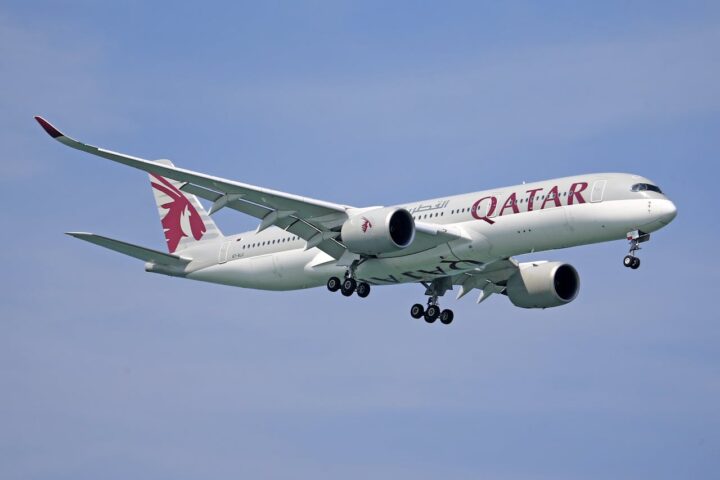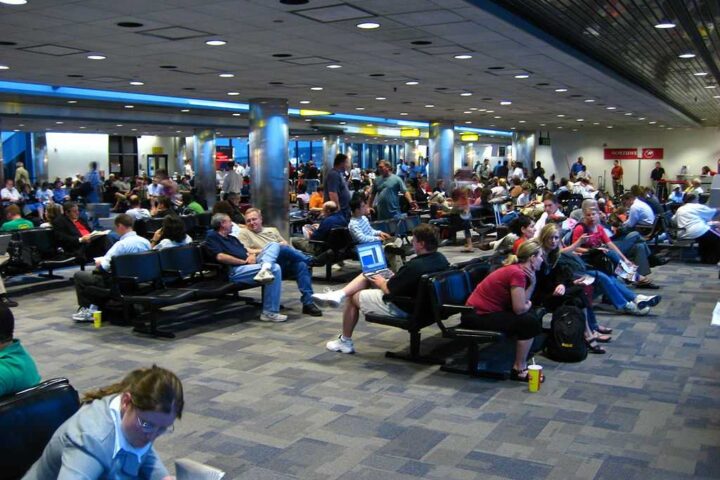A quiet Saturday morning turned tragic at Rocky Mountain Metropolitan Airport when a small plane crashed shortly after takeoff. The May 17 accident happened just west of Broomfield, in an area where the airport serves the surrounding suburban community.
The twin-engine Beechcraft 95 went down at 10:02 a.m. – barely one minute after leaving the runway. The pilot’s last radio call revealed a serious in-flight emergency: an open door during flight. “We’re going to have to go back and re-land. We’ve got the door popped open… We can hardly hear you, sir,” the pilot told air traffic controllers.
The story unfolded quickly. At 10:01 a.m., controllers noticed something wrong when the plane didn’t turn to avoid another aircraft. The tower immediately cleared all runways for an emergency landing, repeatedly telling the pilot, “Any runway you need. Any runway. You are cleared to land.” Moments later, another pilot’s voice crackled over the radio: “They just went down north of 36.”
The plane crashed in an open field within the Carolyn Holmberg Preserve, a local nature area. The location – near the intersection of Brainard Drive and Midway Boulevard – sits just north of U.S. 36. North Metro Fire crews reached the scene quickly, putting out a small fire before it could spread to the surrounding grassland.
“This is obviously a tragic incident, and certainly (we are) thinking about the families involved of the people who were on the plane,” North Metro Deputy Chief Mark Daugherty said, speaking at the crash site.
The aircraft, known to pilots as either a Travel Air or Baron, has been a reliable part of private aviation since its manufacture between 1964 and 1982. Think of it as a family car of the skies – dependable, practical, and generally safe when properly maintained. While an open door in flight creates noise and can be unsettling, it’s usually more of a distraction than a critical emergency.
Federal investigators from the National Transportation Safety Board (NTSB) are now doing what they do after every crash – methodically piecing together the puzzle. They’ll look at everything from recent maintenance records to the morning’s weather conditions. They’re checking the pilot’s experience level and even examining radar tracks that show exactly how the plane moved in its final moments.
The investigation follows a careful timeline. The first findings will come within 30 days, but the complete story – including why this happened and how to prevent similar accidents – takes 12 to 24 months to compile. This thorough process helps make flying safer for everyone.
For now, Brainard Drive remains closed while investigators document the crash site. The Boulder County Coroner’s Office will release the names of those lost once their families have been notified. The aircraft’s tail number N4321Z traces back to a Boulder address, suggesting local ties to the community.

Rocky Mountain Metropolitan Airport continues its regular operations while supporting the investigation. While accidents like this are rare, they remind us of the continuous work needed to keep flying safe.
The Federal Aviation Administration (FAA) joins the NTSB in this investigation, both agencies working to understand if the reported door issue led to other problems that turned a routine morning flight into a tragedy. Their findings will likely influence future pilot training and aircraft safety procedures, especially for the many small aircraft that operate from regional airports across Colorado.
